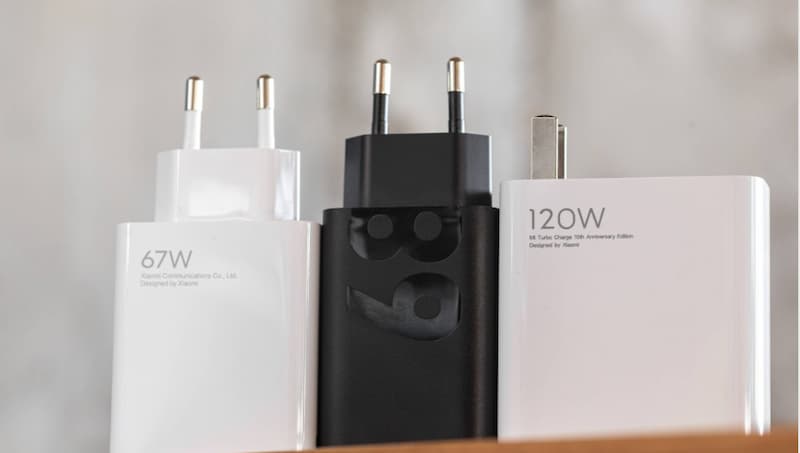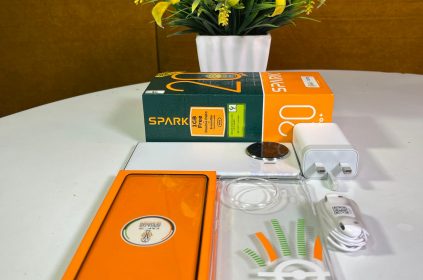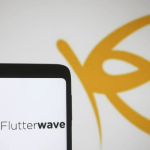Phones with fast-charging batteries may not be the best choice for you after all.
This is despite the fact that manufacturers advertise such fast-charging phones as being the best for you.
However, it would interest you to know that most phones with fast-charging also come with smaller batteries.
This means that although they charge fast, they equally drain fast!
Also, it means the batteries won’t last very long before you start buying new ones or moving around with power banks.
On the other hand, phones that charge slower come with bigger batteries.
Also, by bigger batteries, they take longer time to drain.
Additionally, the batteries have higher longevity than the fast-charging ones.
Likewise, the larger batteries means that you won’t be charging the battery of your phone often.
Only that each time you charge, it takes longer time compared with fast-charging batteries.
Meanwhile, to better understand this, let us look at what capacity a fast-charging phone battery costs.
So, the important questions is as follows:

fast-charging phones vs slower charging phones and their battery capacities.
How much battery capacity does fast charging “cost”?
A research by the GSMArena revealed that phones with fast-charging batteries usually lose battery capacity of about 10%.
It said, “Based on twelve pairs of devices, the short answer is around 10%.
“So, one phone may have a 5,000 mAh battery, a nearly identical model with fast charging will have a 4,500 mAh battery.
“The loss varies by model of course and in general faster charging means less capacity.”
The report further stated that, “We found that phones that charge at relatively low rates (18W) have room to improve without sacrificing much capacity if any.”
Now, let us compare phone brands and their batteries.
Fast-charging phones vs slow-charging phones:
Redmi Note 9 Pro for India and the global Redmi Note Pro:
These two phones are identical, though differ in terms of camera. Nevertheless, the camera difference doesn’t affect the batteries.
Meanwhile, the investigation by GSMArena shows that both phones have 5,020 mAh batteries.
Also, both have the same dimensions and weight.
However, the Indian Redmi Note 9 take shorter time to charge, at 18W (Watts) while the global Redmi Note Pro takes longer time, charging at 30W.
What it means is that while the Indian brand charges faster, the global one charges less faster.
Similarly, another phone brand, the Poco M2 Pro has 5,020 mAh capacity and charges at 33W.
Therefore, according to the report, phones that charge faster have drops or reduction in usable battery capacities than those that charge slower.
Oppo F17 Pro Vs Oppo A93:
Similarly, the Oppo F17 Pro and Oppo A93 are in the same boat. Both have identical battery capacity.
However, while the Oppo F17 Pro charges at 18W, the Oppo A93 charges at 30W.
According to the report, “Based on this data we think that 30W or so (let’s call it 25-33W) is the point beyond which speeding up starts to cost you.
“But going from 18W to 30W has no impact on battery capacity.”
Xiaomi Redmi Note 11 Pro (China) Vs Xiaomi 11i HyperCharge 5G:
These two phones are also identical in terms of their batteries.
However, it takes Xiaomi 11i HyperCharge 5G 0.15 minutes to charge and have a capacity of 4,500 mAh or 120W.
Conversely, it takes the Xiaomi Redmi Note 11 Pro (China) longer charging time of 0.43 but with battery usable capacity of 5,160 mAh or 67W.
Realme 7 (Global) Vs Realme Narzo 20 Pro:
Similarly, the Realme Narzo 20 Pro takes about shorter charging time of 43 minutes (0.43) to get 4,500 mAh, 65W full charge.
Conversely, the Realme 7 (Global) takes longer charging time of one hour and 5 minutes but with a capacity of 5,000 mAh or 30W.
The report explained thus:
“The Realme 7 (global version, 30W charging) does a full charge in 1 hour and 5 minutes, the Realme Narzo 20 Pro (65W charging) does it in 45 minutes.
“That’s 20 minutes faster. Looking at the Xiaomi Mi 10 5G (30W, 1 hour and 12 minutes to full) and the Mi 10 Pro 5G (50W, 50 minutes to full) also shows a time delta of about 20 minutes.”
Explaining further, the report said thus:
“Going faster makes for more pronounced differences.
“A Chinese Redmi Note 11 Pro (67W) needs 43 minutes for a full charge, while the Redmi Note 11 Pro+ (aka Xiaomi 11i HyperCharge 5G, 120W) needs only 15 minutes.
“That’s nearly three times faster!”
What you can do:
The report suggests that to increase your phone’s battery longevity, you can use a slower charging battery phone but enable Android’s overnight charging feature.
Implications:
What this means is that you stand a chance of changing your phone’s battery soon if your phone is fast-charging.
Also, if you are a heavy phone user, then phones that drain faster and whose shelf life ends soon may not be ideal for you.
Instead, the ones that last longer might be your best choice.
Nevertheless, you may not have the time to wait for the time its takes such slower-charging batteries to get full.
The report said thus:
“Phones that need 2 hours to charge aren’t really suitable for emergency charging in the morning or in the evening before you head out.”
The report, however, added thus:
“…the phones that charge at around 60W. They do get the job done faster than the 30W chargers, but whether that is enough of an advantage depends on how you use your phone.
Found this interesting? Share!

























 and then
and then